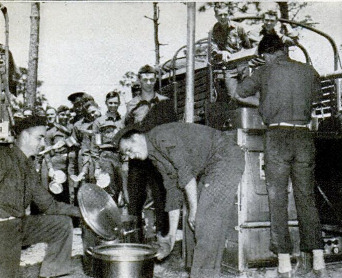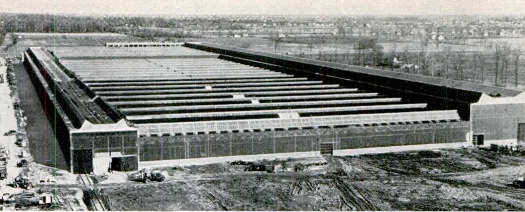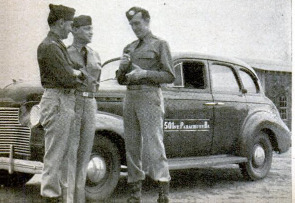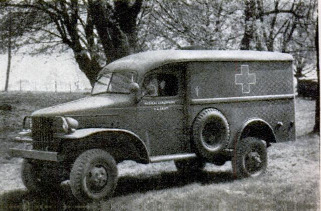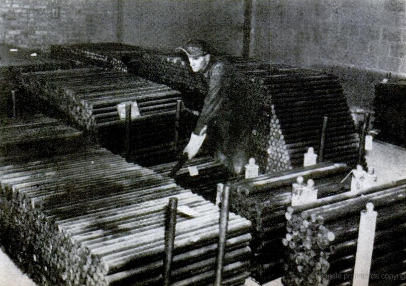-
Title (Dublin Core)
-
Defense has the right of way on automotive production lines
-
Article Title and/or Image Caption (Dublin Core)
-
Title: Defense has the right of way on automotive production lines
-
extracted text (Extract Text)
-
THE Detroit genius for industrial or-
ganization is sorting out the sudden
chaotic avalanche of defense orders
with its customary frantic and incredible
orderliness. It is responding to the fabulous
impetus of something like a billion and a
half in armament orders assigned by the
U.S. Government to the automobile industry.
The vast industrial center, already a huge
magnet, drawing raw materials and manu-
factured parts selectively from many parts
of the country, is being called upon suddenly
for all its reserve power. Its standard
products, such as automobiles, trucks, and
their accessories, were in extraordinary de-
mand, but now there are imperative pleas
also for airplane, marine, and tank
engines; for the airplanes and the
tanks themselves and for antiair-
craft guns, cook stoves, ammuni-
tion components, refrigerators,
Diesel engines, and a conglomera-
tion of other articles.
Mass production in all lines was
the demand. It would seem to be
enough to strike any group of in-
dustrial engineers dizzy. Dizziness
is more or less a normal state, how-
ever, for an industry accustomed
to redesigning its major
output every year, and the
Detroit industrialists
proved themselves tops.
They turned out to be
steadiest when spinning
madly.
There were factories to
be built whose individual
dimensions are reckoned
in fractions of a mile. The
grandparents and the
great-uncles of the ma-
chines which were to turn
out the new products had
to be found or manu-
factured in widely sepa-
rated parts of the country,
assembled and put to work
s0 that their grandchildren
and grandnephews and
nieces would be ready for
installation when the
factories were completed.
There were materials to
be ordered in stated
quantities for delivery at
set dates so that the vast jig-saw puzzle
would fall progressively into place and
when the final rivet and the last nail was
driven in Detroit, machines and materials
would come marching into each building.
Between last summer and this summer
fourteen acres of farmland sprouted the
gigantic mushroom of the Chrysler tank
arsenal, a vast structure of steel, glass,
and brick which is a trifle more than a
quarter of a mile from wall to wall. At-
mospheric haze dulls the vision of the spec-
tator seeking the details of the farther end.
Freight trains enter the building at one
side and unload at the head of sub-assembly
lines which stretch like the bars of a
gridiron crossways of the plant. Huge
grotesque machines with arms and angles
reminiscent of Rube Goldberg or a non-
objective painter stand in ranks beside the
sub-assembly lines, which terminate in
three assembly lines on the far side of the
building where the tanks take form, five
of them in each eight-hour shift.
Another spectacular achievement was the
Ford defense plant, literally a hothouse
growth. Work on it Was started September
17, 1940, Detroit winters forbid masonry
construction, but Detroit genius was not to
be balked. An engineer who had encountered
a similar dificulty on an assignment in
northern Russia inclosed the entire job in
a shelter of fiber board and tar paper and
installed steam heat. Twelve hundred men
worked three shifts a day in it and by
April the first of 4,236 Pratt & Whitney
twin-row, radial, air-cooled engines were
coming off the assembly lines. Now the
1,750 and 2,000-horsepower en-
gines are taking to the air.
Similar miracles were wrought
by Packard, Studebaker, Hud-
son, General Motors, and other
industrial wizards. Minor mira-
cles were being performed all
over the country by the makers
of machine tools whose powers
had been invoked by Detroit.
That industry had doubled in
size in a year, constructing for
its own use more machines than
it had turned out in any of the
years between 1931 and 1934.
The Detroit manufacturers al-
ways have been in the market
for completed parts and knew
the necessity of scheduling such
orders in advance. Every year
Buick buys 2,200 separate pro-
duction items and General Mo-
tors has 20,000 industrial and
supply firms on its list of sub-
manufacturers. The purchasing
and associated engineering staffs
always have maintained the
closest relations with these
sources of supply and hundreds
of their members were assigned
at once to the job of stepping up
and broadening production. They
have kept to their schedule.
General Motors’ Allison Di-
vision, currently making more
than 400 12-cylinder, liquid-
cooled, 1,000-horsepower plane
motors a month in its defense-
built Indianapolis plant, and an-
ticipating 1,000 a month by De-
cember, put into effect a vast
“farming-out” program to
achieve this goal. Its purchas-
ing agents distributed major
sub-orders to plants in 65
communities, which in turn
buy from hundreds of other
firms.
Studebaker, with a $33,
600,000 order for Wright
Cyclone 1,700-horsepower
air-cooled radial engines,
sublet 60 percent of the
work to other firms, keep-
ing 40 percent to be han-
dled in its three new defense
plants. Packard, almost
ready to start production
of 9,000 Rolls-Royce 1,000-
horsepower plane engines—
6,000 of them for England—
in new buildings valued at
$35,000,000, is depending
upon 70 suppliers for parts
and materials. Chrysler's
tank arsenal will draw up-
on the products of 117 com-
panies.
It is one of the basic wis-
doms of Detroit's know-
how. Even Ford, which
boasts the closest thing to
a self-contained industrial
plant at its gigantic Rouge
works, calls upon many out-
side parts suppliers and,
like General Motors, buys
from every state in the
country. The British only
recently adopted the idea
with their “bits-and-pieces’
program, but not before
several too-highly central-
ized plants had been blasted
by aerial bombs.
Germany was more provi-
dent. As’ early as 1987,
sealed crates said to con-
tain machinery for making
toys after a few easy les-
sons were distributed to
German farmers, who were
told to store them for fu.
ture use. With the invasion
of Poland, Nazi officials ap-
peared and ordered the crates unpacked.
Out came drill presses, automatic screw-
cutting machines, small drop forges, and
similar machine tools with which the farm-
ers, after their easy lessons, were soon mak-
ing airplane fittings, bomb doors, and other
parts for Messerschmitts and Heinkels and
Junkers. That was farming out, Nazi style.
A recent estimate showed that the auto-
mobile companies have shouldered a total
of $737,900,000 worth of plane-engine con-
tracts for this country and Britain, nearly
a fifth of all on order. Allison's order is for
$234,000,000, Packard's for $217,000,000,
Ford's for $122,000,000 and Buick’s for
$91,000,000 for the Pratt & Whitneys. Con-
tinental Motors’ is for $40,000,000 for
‘Wright 400-horsepower Whirlwinds con-
verted for use in tanks, and Studebaker’ for
$33,600,000 for the Wright Cyclones. Any
or all of these orders may be vastly in-
creased before you read this.
Two major plane builders, Martin and
Consolidated, placed their Government-se-
lected bombers on display in an empty De-
troit plant, where 1,400 manufacturers from
all over the country studied them.
Most reported that they could sup-
ply some of the parts.
As a result, Chrysler was given
orders for the two forward sec-
tions of the twin-engine Martin
B-26 fuselage, which it is building
in the Graham-Paige plant. Hud-
son is making the rear section and
small parts. Goodyear, pending
plant construction, is making the
‘wings in its gigantic “air dock” at
Akron, where a special ceiling had
to be bullt to prevent condensed
moisture from “raining” on the
work.
General Motors’ Fisher Body
Company is expanding its Mem-
‘phis, Tenn, plant for construction
of the North American-designed
B-25 bomber, a type similar to the
Martin. Ford is rushing an $11.-
000,000 factory near Ypsilanti,
Mich, for complete four-motor
Consolidated B-24 bomber air-
frames.
Detroit reaches down into its bag
of tricks and comes up with new
wonders like the Allison airoraft
and Packard marine engines. An-
other engine tapped for defense
duty and as adaptable is the prod-
et of the Cleveland Diesel Engine
Division of General Motors. Ac-
tually, it is not so much an engine
as it Is two cylinders. One is com-
paratively small, with only 71 cu-
bic inches displacement. The other
is large—567 cublc inches. Just
these two are made by the com-
pany. Yet they are the power
packages for engines ranging in
horsepower from 15 up to 1,600,
and they can power anything from
‘portable lighting plants to the big-
gest. submarines.
Uncle Sam has ordered Diesels using these
cylinders to the tune of $140,000,000, princi-
pally for the Navy. The engines are about
one quarter the size and weight of the Die-
sels that powered American submarines in
the First World War. They more than dou-
ble the cruising range of the earlier subma-
rines, and their weight, space, and fuel econ-
‘omies step up the value of Navy tugs, patrol
boats, fuel transports, and other vessels.
Many believe that these amazing two-cycle,
relatively high-speed Diesels—installed in
large numbers in a single hull will power
& radical new American battleship.
Some 13,000 military vehicles a month
are being built by the automobile industry,
with 195,000 already delivered and 60,000
others scheduled for early delivery.
In addition to 5,900 passenger cars and
27,000 motor cycles, the vehices ordered are
4500 quarter-ton scout cars from Ford,
‘Bantam, and Willys; 69,000 half-ton pick-up.
and reconnaissance trucks from White; six-
ton and heavier units, from Autocar, Bied-
erman, Chevrolet, Corbitt, Diamond-T,
Dodge, Federal, GM.C., International-Har-
vester, Mack, * Marmon-Herrington, Reo,
Sterling, and Walters. Practically ail mill:
tary trucks are four-wheel drive, many are
six, and others are half-track. The total
does not include 37.800 trailers for 2}4-ton
trucks, being built by Nash.
And the defense articles of Detroit stretch
on and on: gun and torpedo parts for the
Navy, bomb and shell components, eld
Kitchens, field range cabinets, antiaircraft
fire-control apparatus, instruments, aviation
spark plugs, radio parts. For many of
these, the industry's parts and equipment
makers account. Typical are the Briggs,
Fisher, and Murray car-body builders, the
huge wheel and brake-drum makers such as
Kelsey-Hayes Wheel, Budd Wheel, and Mo-
tor Wheel, and the Bendix Products Division
of Bendix Aviation.
The War Department ia watching with an
eye to the future the Detroit research lab-
oratories. Most startling appears to be the |
simultaneous development in each of the |
Big Three laboratories of new airplane |
engines to develop from 1,500 to 2,400 horse-
power. All three projected engines aro |
liquid-cooled, in-line types. Fords is a 13- |
cylinder, V-type power piant with an ex- |
haust-driven supercharger, and fuel injec |
tors Instead of carburetors. In construction, |
the cylinder liners, crankshaft, and other
major parts will be made by a new “centrif- |
ugal-casting” method which Ia claimed to |
be faster, cheaper, and to produce stronger |
parts thin conventional forging and ma-
chining methods now employed.
Chrysler and General Motors are moro |
secretive. Reports are current, however, |
that Chrysler's engine will make better |
mechanical use of extremely high-octane |
fuel than any engine yet devised. The GM. |
design 1s a conversion of the Allison, using |
four banks of cylinders arranged in a W |
instead of two in a V as at present.
Engineers in one General Motors plant
designed a multiple drill that bores out six |
‘machine-gun barrels at once—a feat mot |
even the old-line gun makers bad accom- |
plished. A Chrysler research group de- |
signed a new plane landing gear which |
could be bullt faster than present types. |
‘The list of defense orders placed with the |
industry looks like a dozen pages from your
telephone book, and the cost figures mean |
about aa much. Because new contracts are |
coming in so fast, totaling their value ls
next to impossible, Some recent official
figures out of Washington put the indus |
trys defense contracts at $1,076,082,000, but |
it is estimated that they are by now above |
the billion-and-a-half mark, with no end In |
sight. That's a lot of money to pay even |
for Detroit's know-how. Yet no one bas |
complained but Detroit, where the only |
thing they'd rather do Ia build new and |
Detter automobiles. |
-
Contributor (Dublin Core)
-
Schuyler Van Duyne (article writer)
-
Language (Dublin Core)
-
Eng
-
Date Issued (Dublin Core)
-
1941-08
-
pages (Bibliographic Ontology)
-
113-121
-
Rights (Dublin Core)
-
Public domain
-
Archived by (Dublin Core)
-
Sami Akbiyik
 Popular Science Monthly, v. 139, n. 2, 1941
Popular Science Monthly, v. 139, n. 2, 1941
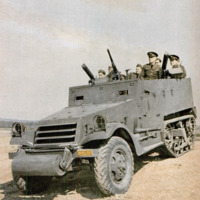 Screenshot_1.png
Screenshot_1.png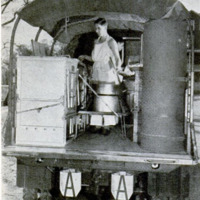 Screenshot_2.png
Screenshot_2.png Screenshot_3.png
Screenshot_3.png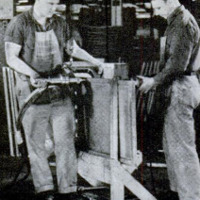 Screenshot_4.png
Screenshot_4.png Screenshot_5.png
Screenshot_5.png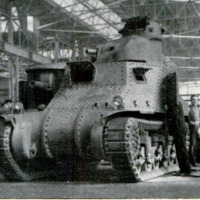 Screenshot_6.png
Screenshot_6.png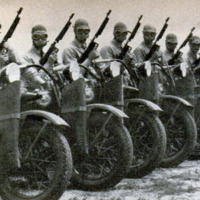 Screenshot_7.png
Screenshot_7.png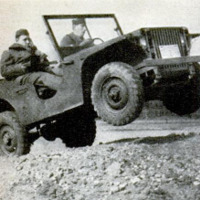 Screenshot_8.png
Screenshot_8.png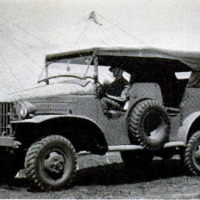 Screenshot_9.png
Screenshot_9.png Screenshot_10.png
Screenshot_10.png Screenshot_11.png
Screenshot_11.png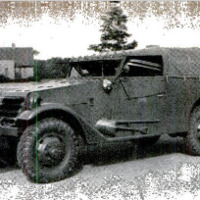 Screenshot_12.png
Screenshot_12.png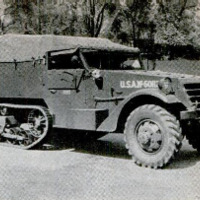 Screenshot_13.png
Screenshot_13.png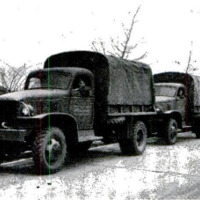 Screenshot_14.png
Screenshot_14.png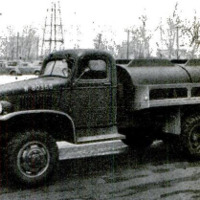 Screenshot_15.png
Screenshot_15.png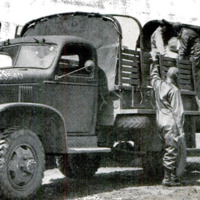 Screenshot_16.png
Screenshot_16.png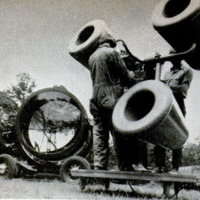 Screenshot_17.png
Screenshot_17.png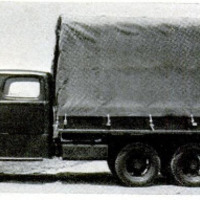 Screenshot_18.png
Screenshot_18.png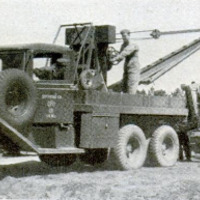 Screenshot_19.png
Screenshot_19.png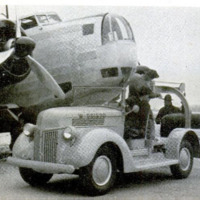 Screenshot_20.png
Screenshot_20.png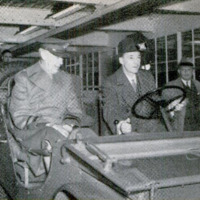 Screenshot_21.png
Screenshot_21.png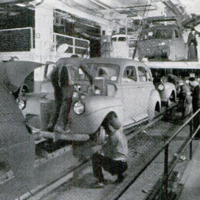 Screenshot_22.png
Screenshot_22.png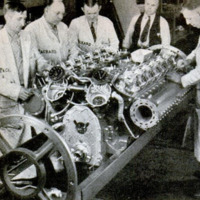 Screenshot_23.png
Screenshot_23.png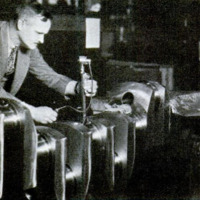 Screenshot_24.png
Screenshot_24.png Screenshot_25.png
Screenshot_25.png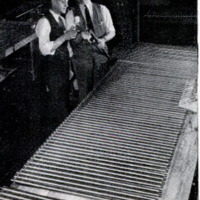 Screenshot_26.png
Screenshot_26.png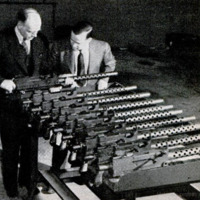 Screenshot_27.png
Screenshot_27.png


